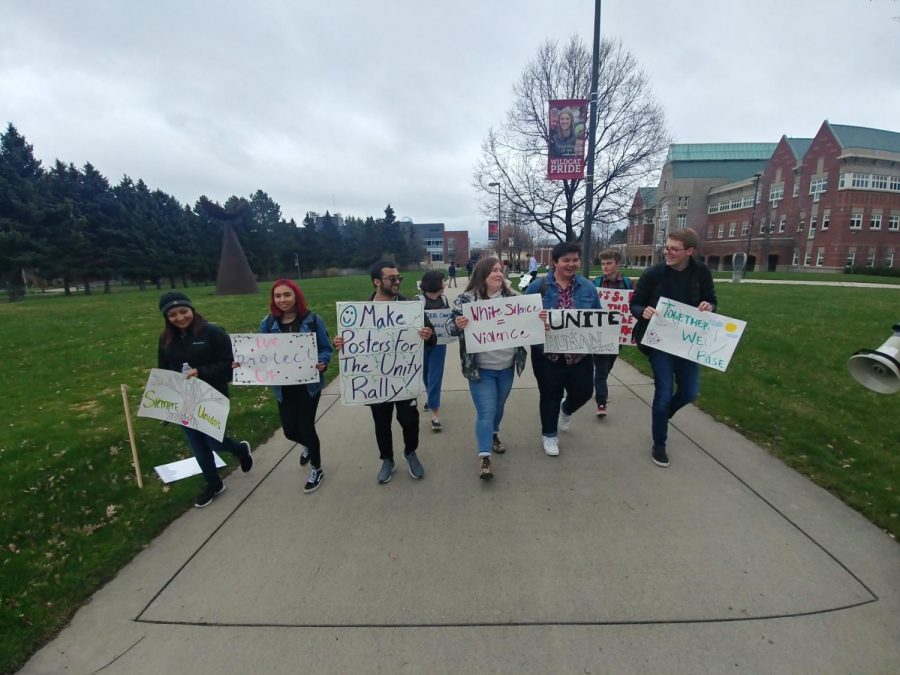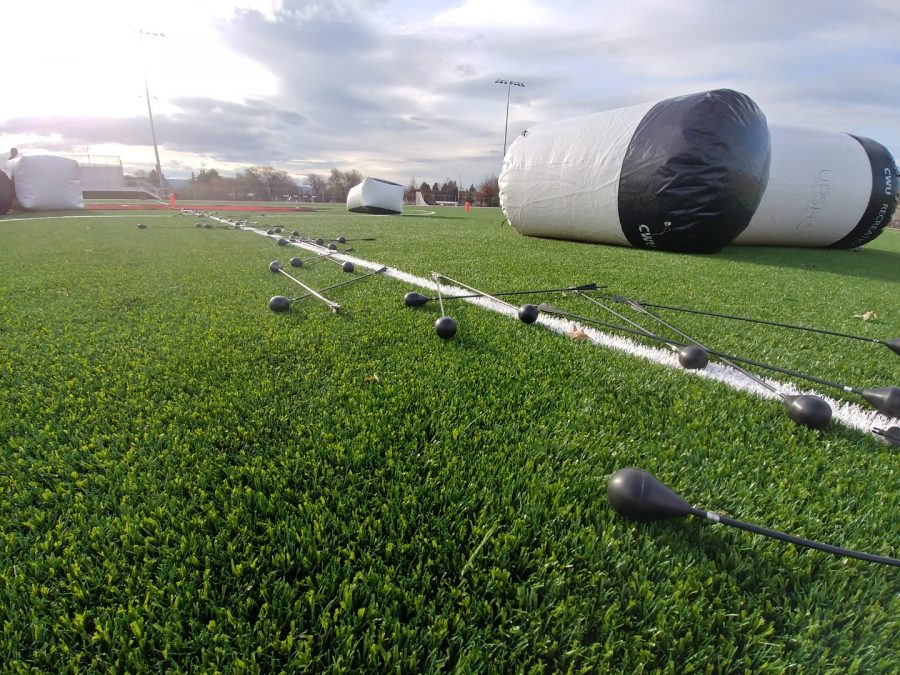By JULIA MARTINEZ, staff reporter
Dwindling response rates on Student Evaluation of Instruction forms have led to major updates, which will be distributed the week of May 27 to Central students.
“SEOIs are a great place for students to have their feedback and ideas read by faculty, chairs, and deans,” said Jeffrey Snedeker, chair of the Evaluation and Assessment Committee of the Faculty Senate.
SEOI forms are distributed quarterly to students through email where they are then filled out online and submitted. The forms ask several questions on the quality of the instruction and of the instructor.
All student responses are used by faculty to improve their teaching and are part of faculty performance reviews, which take place annually and every five years, according to said Tom Henderson, director of institutional assessment.
“They are also a key part of reviews of adjunct instructors,” said Henderson. “SEOIs are more likely to be taken seriously when response rates are high.”
Four major changes, a one-week response time, anonymity, shorter forms and a new app will hopefully increase the number of responses received by students.
The idea for the one-week response change came when about 80 faculty members answered polls regarding timing and duration of SEOI access. According to Snedeker, out of those members, 60 percent believed that students should be surveyed later in the quarter, week 10, where a larger percentage of the course has been presented.
For the last three quarters, students were administered SEOIs online throughout weeks 9 and 10. Unfortunately, online SEOI response rates have been decreasing, according to Snedeker. Because of this, SEOIs will only be administered for one week. After students submit their responses, emails and Blackboard reminders will stop.
The same number of faculty supported the complete anonymity of students who answer, and similarly who don’t answer, the SEOIs. Previously, faculty could see a list of those students who had and hadn’t answered the survey.
“A majority of faculty who answered the survey thought that faculty should not be able to download the names of students who had or had not completed SEOIs,” said Henderson.
Snedeker added that their intent was to reassure students even further of their anonymity, in hopes that it will encourage more responses.
“The biggest concern in all of this right now is the response rate,” said Snedeker.
In order to help increase this rate, two open-ended questions were removed from the form and two others were re-worded, according to Henderson.
An app, powered by EvaluationKIT, is also now available for both Android and Apple for students to download to their tablets or cellphones. As long as a student is enrolled at Central, tokens will be emailed to them and then installed in the student app, allowing them to complete their SEOIs via tablet or cell phone.
According to Henderson, a student team tested the app on their phones in January to become familiarized with the SEOI process.
The majority of changes come from a surveys and polls sent out to faculty by the committee. A variety of student input added to the changes as well and included clubs like Agency, a student-run public relations club that works for real clients, who helped promote SEOIs last quarter.
After a two-year study regarding significant student representation, SEOIs were made an ongoing concern and assigned to the Evaluation and Assessment Committee of the Faculty Senate, according to Snedeker.
The study was conducted by an SEOI task force appointed by Provost Wayne Quirk in 2009. Faculty, administration, staff and students were appointed by the ASCWU to this task force. New online SEOI forms were created after the final report was submitted to the Provost Council in 2011.
Before moving online, instructors handed out SEOI forms in class during the last two weeks of classes and they chose when these forms were to be handed out. However, the response rate was not high.
Courses are sometimes changed due to SEOI responses, for example, if students believe that courses repeat a lot of material, steps will be taken to change the course or curriculum, said Henderson.
SEOIs used to only be addressed once every 10 years, said Snedeker. Due to the decrease in response rates, however, changes have had to be made.
“Changes will probably take place in the future to improve the process,” said Henderson.
“If it doesn’t work, we’ll try something else,” said Snedeker “The whole process is far from perfect, but we are trying!”
Please feel free to contact Dr. Henderson at [email protected] or at 509-963-2046 with questions or new ideas.






